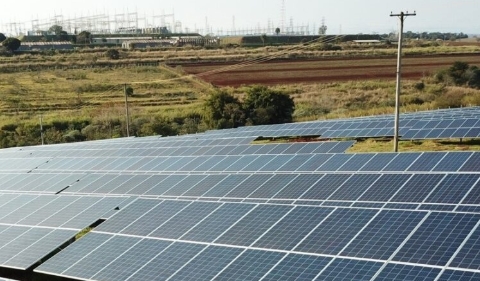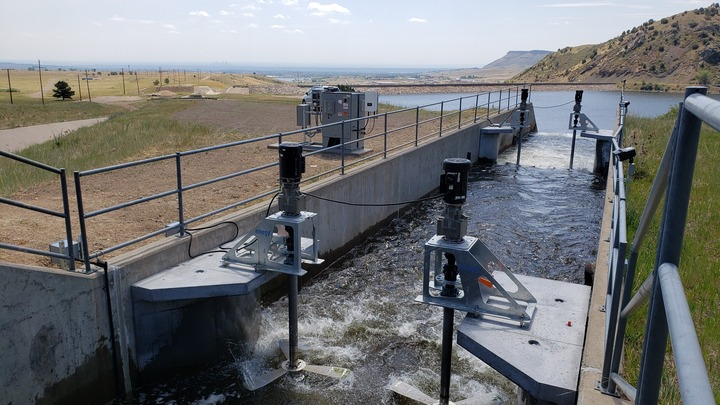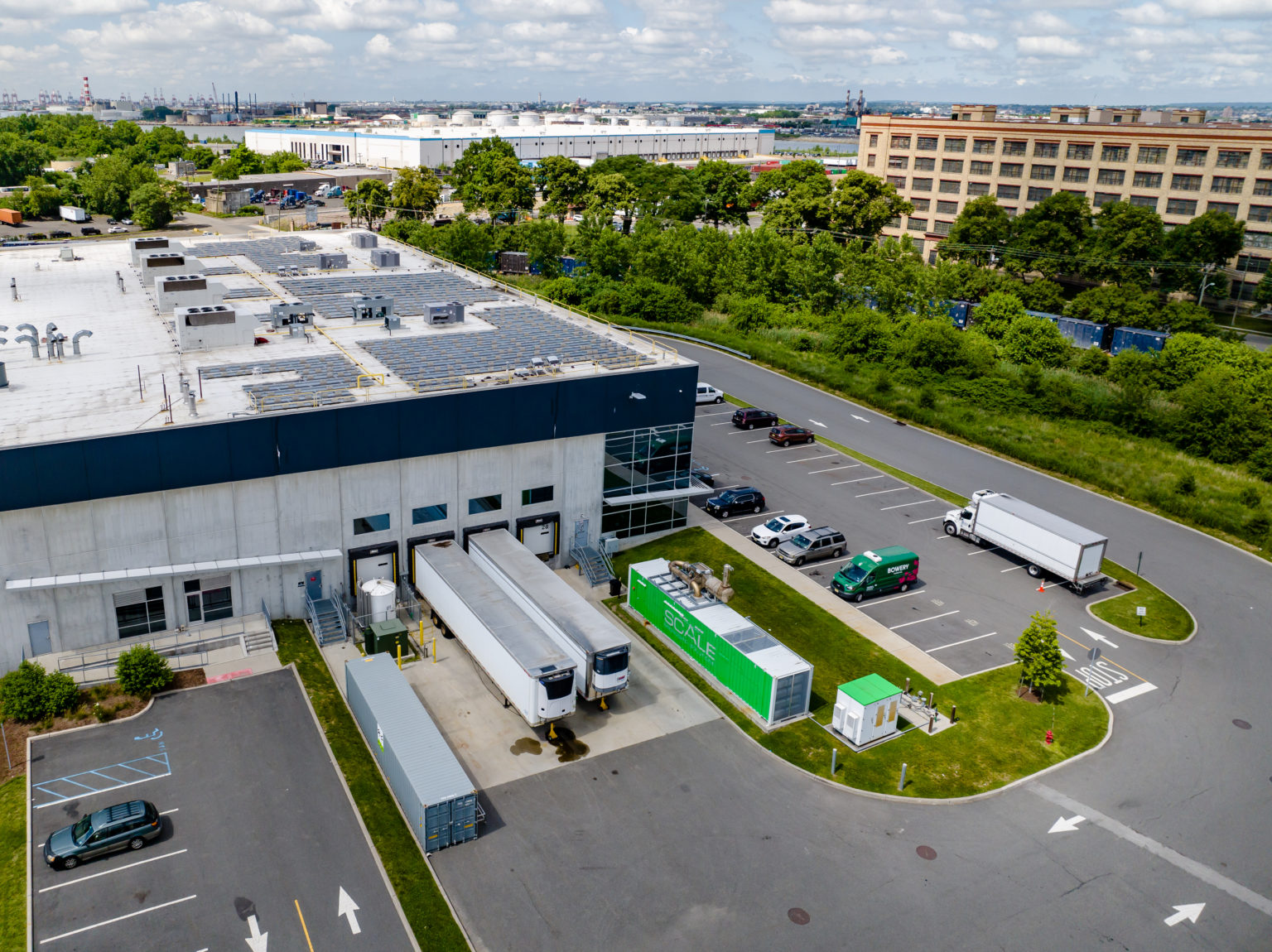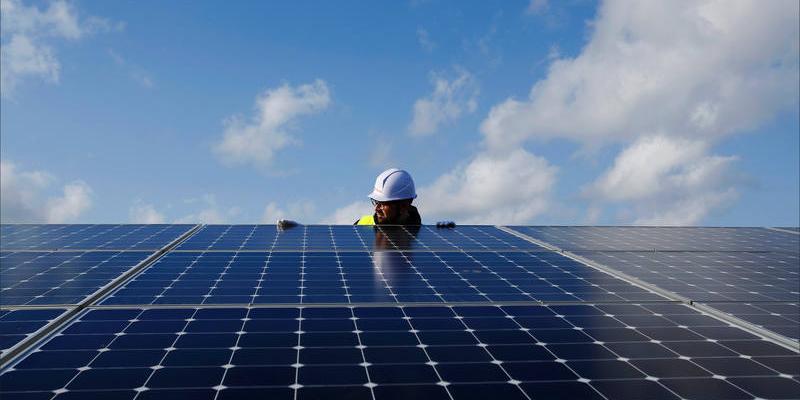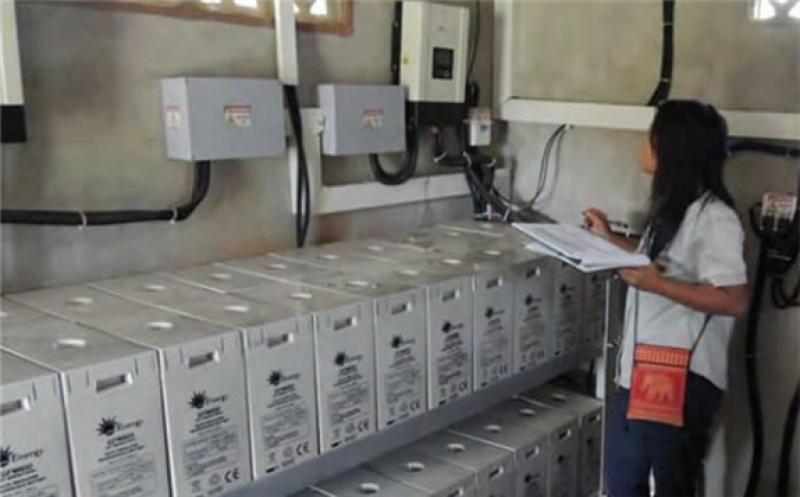
Smart Power Myanmar’s Decentralized Energy Market Assessment demonstrates that solutions such as mini-grids can play a crucial role to bring reliable power to off-grid households and businesses in Myanmar while grid electrification progresses. Mini-grids are in many cases cheaper and faster than grid electrification and, unlike solar home systems, can be integrated into the main grid and have the capacity to supply businesses and larger commercial loads such as telecoms towers. This means mini-grids can also play a key role in Myanmar’s socio-economic development, including boosting business activity, incomes, living standards, utilization of public infrastructure, and yield health, education and environmental benefits.
Smart Power Myanmar was established in May 2018 by a group of founding members and U.S.-based international development agency Pact with core funding provided by The Rockefeller Foundation. “We are a platform based in Myanmar that helps unify and scale the integrated electrification efforts. We help align the skills, resources and energy of private power developers and development and financing institutions to promote integrated electrification in Myanmar,” Harrison explained.
“We are committed to expanding energy access and use across Myanmar through the creation of a viable, decentralized renewable energy ecosystem. This report sheds important light on how we can achieve this goal, which would help make a marked dent in economic poverty in the country,” stated Harrison.
Mini-grid deployment isn’t commercially viable without financial support at present, Smart Power Myanmar highlights. Smart Power Myanmar presents three key policy pillars as the foundation of a strategic framework that it believes can serve as the basis for reducing the risks and enhancing the economics of developing renewable energy mini-grids in order to attract private sector investment.
Pillar 1: Promote de-risking of mini-grid projects and access to finance; the goal of this pillar is to put in place comprehensive initiatives to maximize the number of “investible” mini-grids, including villages in Phase 3 of NEP, by de-risking grid arrival and to decrease the hurdle IRR rate required to develop mini-grids.
Pillar 2: Support growth of electricity demand in off-grid villages; the goal of this pillar is to boost demand to increase the viability of mini-grids—following results of scenario analysis and of economic impact assessment, the focus should be on productive demand.
Pillar 3: Support generation of economies of scale; the goal of this pillar is to enable the development of large mini-grid pipelines of projects to optimize overall costs through economies of scale.
To date, 39 solar mini-grid projects have been approved with capacities ranging from 40 kW–150 kW. In addition, “commercial banks are showing interest in offering project finance, [and] the government increased electricity rates—both, residential and commercial —for the first time in five years,” Harrison pointed out.
Looking ahead, SolarPower Europe’s Myanmar research team points to growing demand for electricity, particularly in rural areas, and frequent power cuts as factors that highlight the need for independent power production. Instituting policies and taking actions to support that can open up substantial business opportunities, they point out. “In particular, the manufacturing sector increasingly requires low-cost electricity, which solar could provide.”
That said, the amount of new solar power plants expected to be built in Myanmar over the next 10 years is small as compared to other ASEAN countries, such as Thailand, Vietnam and Indonesia, especially given Myanmar’s abundant solar energy resources and growing energy demand, according to SolarPower Europe’s Myanmar researchers. However, “Myanmar’s large-scale solar pipeline is estimated to be between 470 MWp and 1.5 GWp, according to different sources,” they noted.
Smart Power Myanmar’s Harrison pointed towards national elections, which are planned for 2020, as a possible pivot point for the Myanmar government’s energy policy. “The government is pressured to take actions towards meeting increasing energy demand, so there might be some positive development with approved projects. However, it’s unclear whether those will be implemented, as happened with projects approved by the past government,” he concluded.
